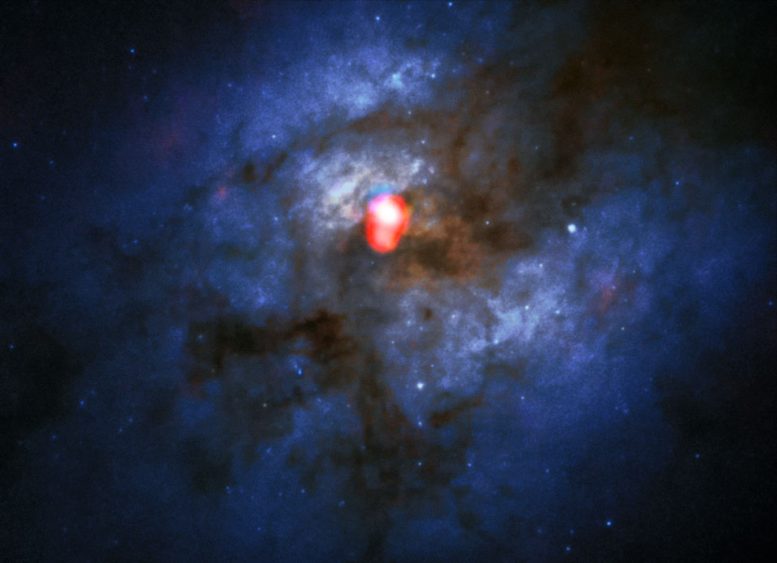
The compound view shows a new ALMA Band 5 image of the colliding galaxy system Arp 220 (in red) on top of an image from the NASA/ESA Hubble Space Telescope (blue/green). In the Hubble image, most of the light from this dramatic merging galaxy pair is hidden behind dark clouds of dust. ALMA’s observations in Band 5 show a completely different view. Here, Arp 220’s famous double nucleus, invisible for Hubble, is by far the brightest feature in the whole galaxy complex. In this dense, double center, the bright emission from water and other molecules revealed by the new Band 5 receivers will give astronomers new insights into star formation and other processes in this extreme environment. This image is one of the first taken using Band 5 and was intended to verify the scientific capability of the new receivers. The ALMA image includes data recording emission from water, CS and HCN in the galaxies. Credit: ALMA(ESO/NAOJ/NRAO)/NASA/ESA and The Hubble Heritage Team (STScI/AURA)
With the newly installed Band 5 receivers, ALMA has now opened its eyes to a whole new section of this radio spectrum, creating exciting new observational possibilities and improving the telescope’s ability to search for water in the Universe.
The Atacama Large Millimeter/submillimeter Array (ALMA) in Chile has begun observing in a new range of the electromagnetic spectrum. This has been made possible thanks to new receivers installed at the telescope’s antennas, which can detect radio waves with wavelengths from 1.4 to 1.8 millimeters — a range previously untapped by ALMA. This upgrade allows astronomers to detect faint signals of water in the nearby Universe.
ALMA observes radio waves from the Universe, at the low-energy end of the electromagnetic spectrum. With the newly installed Band 5 receivers, ALMA has now opened its eyes to a whole new section of this radio spectrum, creating exciting new observational possibilities.
The European ALMA Program Scientist, Leonardo Testi, explains the significance: “The new receivers will make it much easier to detect water, a prerequisite for life as we know it, in our Solar System and in more distant regions of our galaxy and beyond. They will also allow ALMA to search for ionized carbon in the primordial Universe.”
It is ALMA’s unique location, 5000 meters up on the barren Chajnantor plateau in Chile, that makes such an observation possible in the first place. As water is also present in Earth’s atmosphere, observatories in less elevated and less arid environments have much more difficulty identifying the origin of the emission coming from space. ALMA’s great sensitivity and high angular resolution mean that even faint signals of water in the local Universe can now be imaged at this wavelength.
The Band 5 receiver, which was developed by the Group for Advanced Receiver Development (GARD) at Onsala Space Observatory, Chalmers University of Technology, Sweden, has already been tested at the APEX telescope in the SEPIA instrument. These observations were also vital to help select suitable targets for the first receiver tests with ALMA.
The first production receivers were built and delivered to ALMA in the first half of 2015 by a consortium consisting of the Netherlands Research School for Astronomy (NOVA) and GARD in partnership with the National Radio Astronomy Observatory (NRAO), which contributed the local oscillator to the project. The receivers are now installed and being prepared for use by the community of astronomers.
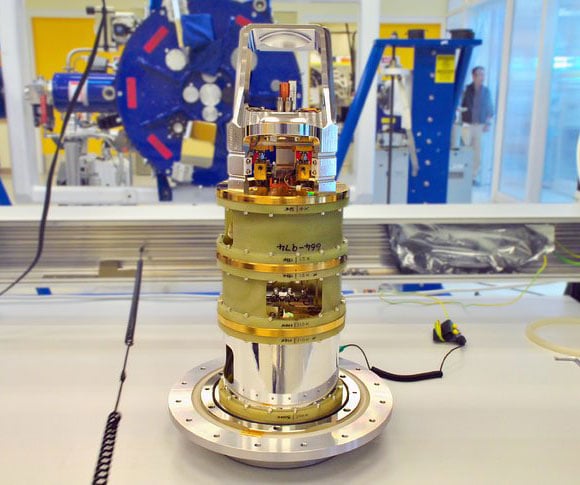
Band 5 receiver integrated with receivers for all the other current ALMA Bands (3 to 10). Credit: ALMA (ESO/NAOJ/NRAO), N. Tabilo
To test the newly installed receivers observations were made of several objects including the colliding galaxies Arp 220, a massive region of star formation close to the center of the Milky Way, and also a dusty red supergiant star approaching the supernova explosion that will end its life.
To process the data and check its quality, astronomers, along with technical specialists from ESO and the European ALMA Regional Center (ARC) network, gathered at the Onsala Space Observatory in Sweden, for a “Band 5 Busy Week” hosted by the Nordic ARC node. The final results have just been made freely available to the astronomical community worldwide.
Team member Robert Laing at ESO is optimistic about the prospects for ALMA Band 5 observations: “It’s very exciting to see these first results from ALMA Band 5 using a limited set of antennas. In the future, the high sensitivity and angular resolution of the full ALMA array will allow us to make detailed studies of water in a wide range of objects including forming and evolved stars, the interstellar medium and regions close to supermassive black holes.”





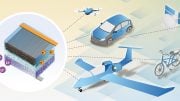
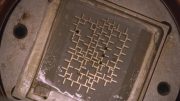
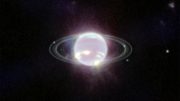
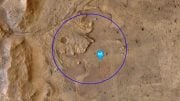
Be the first to comment on "Band 5 Receivers Improve ALMA’s Ability to Search for Water in the Universe"